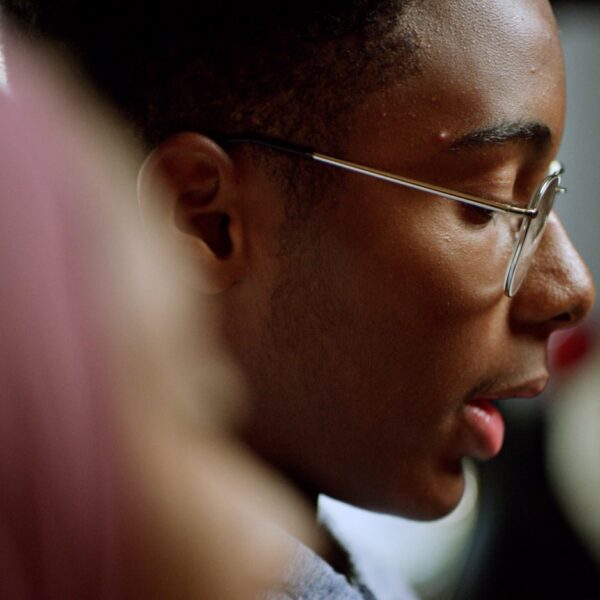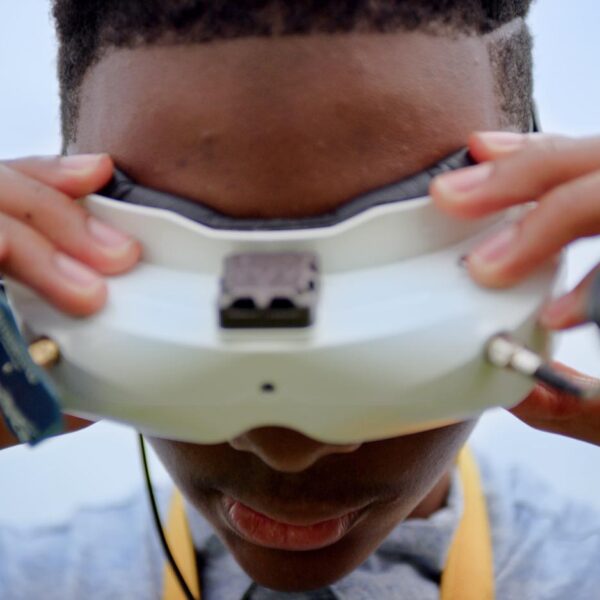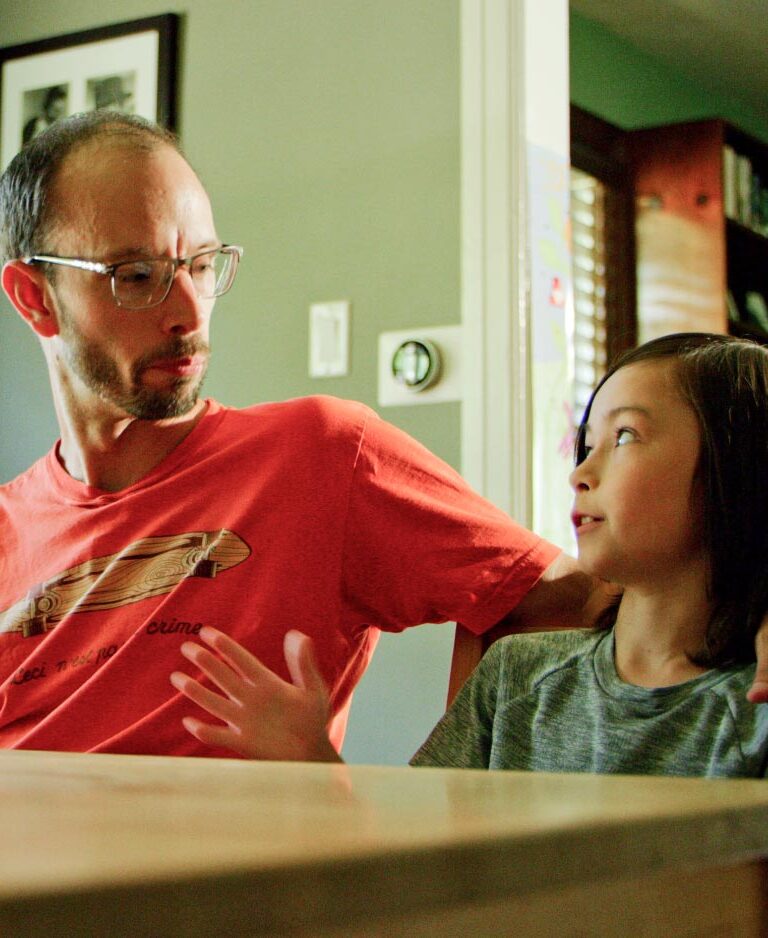Share
There is no perfect approach to independent meaningful learning or any learning pathway for that matter. That may not sound comforting, but it isn't supposed to be. The truth is that young people are not the only ones who experience changes in this new journey— adults do too.

3 Ways to Deal with Criticism and Stigma
Learn 3 strategies to handle judgment and stigma, so you can stand strong in your choices and keep learning on your own terms.
Read The Article Heretwo paths converge
Maleka Diggs and Daniel Moeller have been on different paths but have had similar concerns. For Maleka, a challenge was understanding the impact of replicating the classroom in her own home. While it can be a necessary starting point, money, time, and carrying a fixed mindset into shifting learning practices can make a wonder-filled journey an uphill battle. In this nourishing conversation, Dan also shares how these factors have shaped his parent-learner relationship with his son.
Observations
- Center Your Learner’s experiences – Adults often project their social conditioning onto young people. How do we shift it?
- Strengthen Bonds with Words and actions – Every interaction is an opportunity to learn from and about your learner and show that their ideas and opinions matter.
Parenting With Intentionality
By incorporating these practices into their children’s learning journey, it also created a beautiful window to exploring conscious parenting practices. To step back and center their young learner’s experiences and how they engage those moments as often as possible. It’s not about getting it right the first, second, or the millionth time. It’s about allowing yourself to be flexible and grow as you continue to learn and build parenting approaches that reflect what’s best for your young learner and family.
ask yourself these questions

How some Black folks’ relationship to school is changing
More Black families are embracing a shift from survival within systems to raising free, authentic young people.
Read The Article HereWhen facing challenges, it’s helpful to revisit what sparked the desire to shift learning pathways in the first place. Consider these prompts and explore how you are feeling about your unique hurdles:
- What does success look like for my young learner?
- What works best for my family?
- When have I felt confident about my choices?
- How can I pivot my approach?
- Have I had this conversation with my young learner?
- What does success look like for me?
Takeaways:
- The challenges at the start of the journey can look wildly different from those when you’re further along.
- Homeschooling and unschooling parents are qualified to facilitate the learning and life of their young people, and confidence will come in due time.
- Our own stressors and fears are often what make us act out of alignment with our values.
- Our rhythms and habits can become misaligned in the flow of life; one of the best ways to realign is by being curious and present with what our young people are doing.
- The “adult gaze” is the fallacy that implies us adults have all the answers, and the quicker we can grow comfortable in the uncertainty, the better for all.
Have questions or feedback?
Reach out at hello@weareborntolearn.org or click the link below to join our Facebook community to talk more.


















